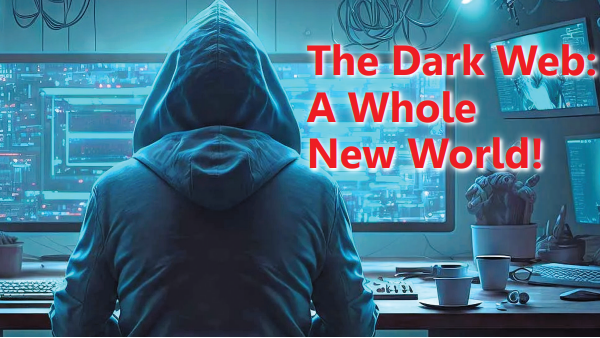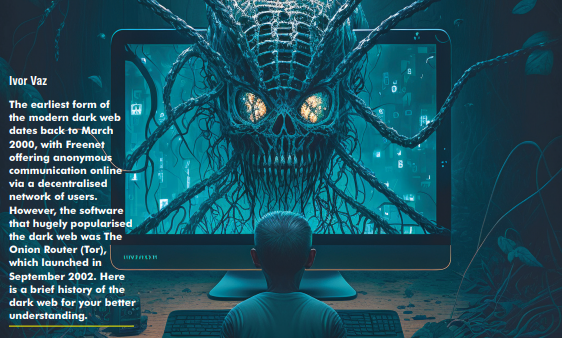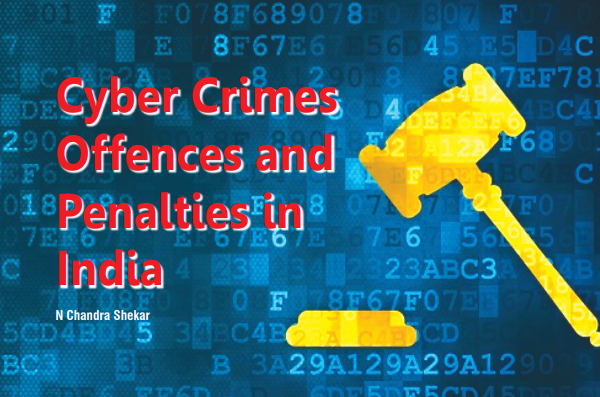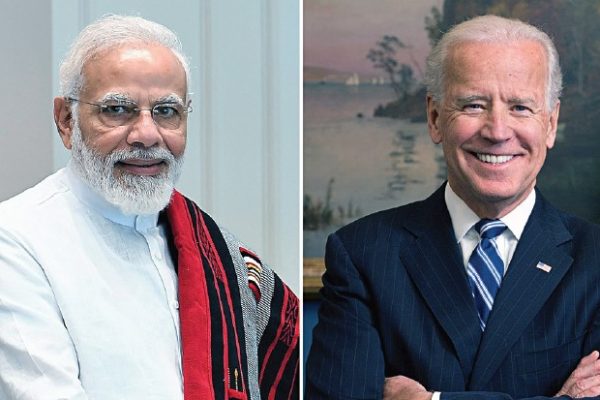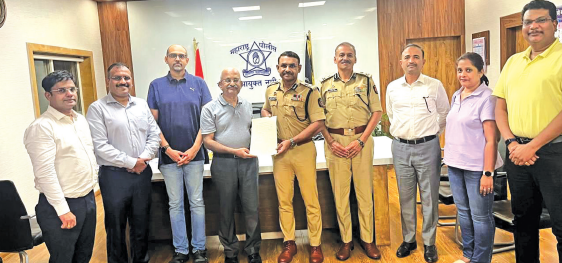
Navi Mumbai Cyber Yodha: By the People, For the People
Signing of MOU with CP Shri Milind Bharambe IPS, Jt CP Shri Yenpure IPS, Addl CP (Crime) Shri Deepak Sakore IPS, and Navi Mumbai Cyber Yodha team members During the pandemic in 2020-21, when we were all forced to go online, digital transactions surged significantly, including the transition to remote work. We are now experiencing…


